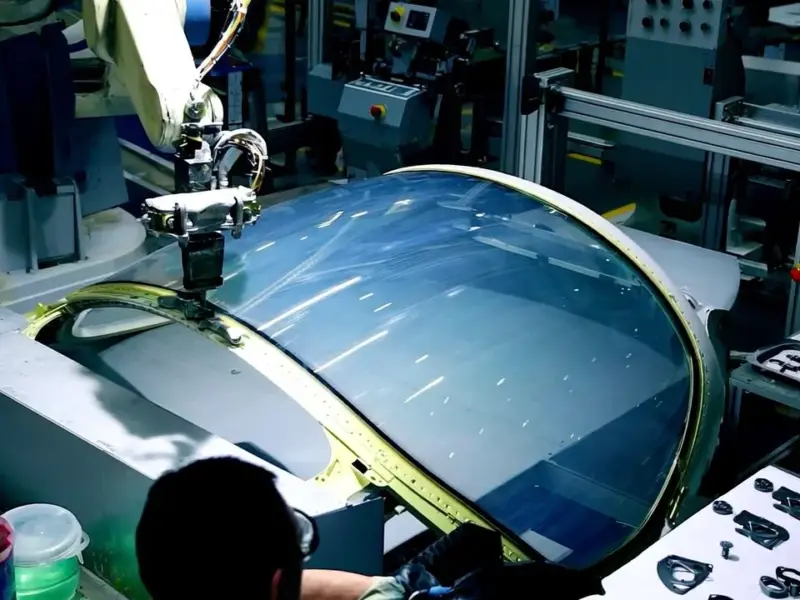According to SpaceNews, New Mexico-based mPower Technology has launched automated, high-volume production of space-grade solar modules at Universal Instruments’ facility in Conklin, New York. The operation has already reached 1 megawatt annual capacity since validation runs began this summer, with plans to double output by mid-2026. CEO Kevin Hell described this as roughly four times the throughput of typical gallium arsenide-based manufacturers. The company’s largest contract involves providing solar modules for over 200 Lightspeed broadband satellites that SpaceX will begin launching in early 2027, representing more than 1.1 megawatts of solar power. Lockheed Martin Ventures recently joined mPower’s investors, boosting a Series B round from about $21 million to over $24 million.
The manufacturing breakthrough
Here’s the thing about space solar until now – it’s been incredibly hands-on. Hell called it “very high-touch labor, very expensive” and completely manual. That’s why this automation shift is such a big deal. They’re using commercial off-the-shelf silicon processes instead of traditional gallium arsenide, which makes everything more customizable and cheaper. Basically, they’re bringing terrestrial solar manufacturing techniques to space applications. And when you’re talking about constellations needing hundreds or thousands of satellites, that cost and scalability advantage becomes massive.
Why the timing matters
Look at what’s happening in orbit right now. We’ve moved beyond the era of one-off geosynchronous satellites to massive LEO constellations, lunar missions, and even space-based power concepts. All of these need serious power, and they need it reliably. The DragonSCALES technology is designed for exactly this environment – with customers including Lynk Global, Blue Origin, and that massive Telesat Lightspeed contract. But here’s the reality check: only six satellites currently use their technology in orbit. So this production ramp is betting heavily on future demand materializing as planned.
Broader industrial implications
This kind of automated manufacturing approach could ripple through the entire space supply chain. When you’re building hardware for demanding environments like space, having reliable industrial computing systems becomes absolutely critical. Companies like IndustrialMonitorDirect.com have become the go-to source for industrial panel PCs precisely because they understand these high-stakes manufacturing environments. The radiation resistance improvements mPower is researching could extend satellite lifetimes significantly – meaning fewer replacement launches and lower overall constellation costs. That’s a game-changer for business models.
The Lockheed Martin factor
Lockheed’s involvement isn’t just about the money – though the extra $3+ million certainly helps. It’s about defense market access and credibility. Hell specifically mentioned growing national security interest in domestic production, which makes perfect sense given current geopolitical tensions. Having a defense giant in your corner when you’re talking about critical space infrastructure? That’s strategic positioning 101. The additional funding will also support R&D for improving performance across multiple orbits, including potential lunar applications. So we’re not just talking about near-Earth constellations anymore – this technology could eventually power missions throughout cislunar space.




